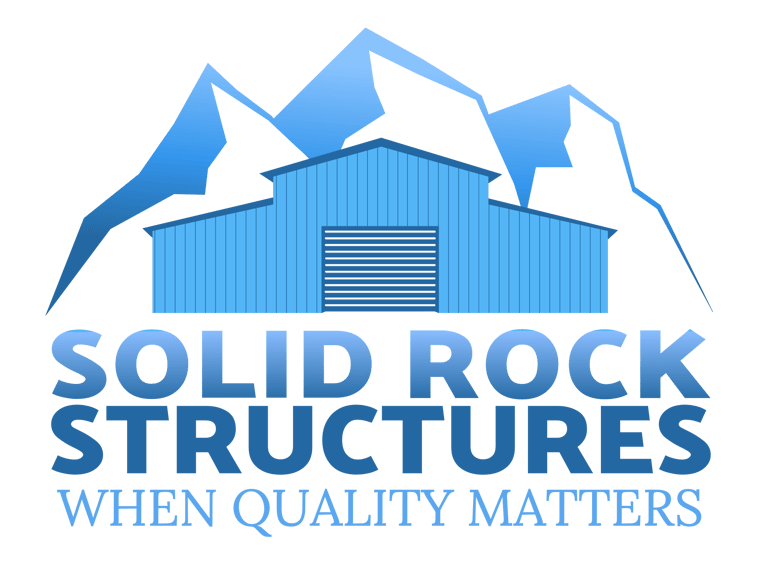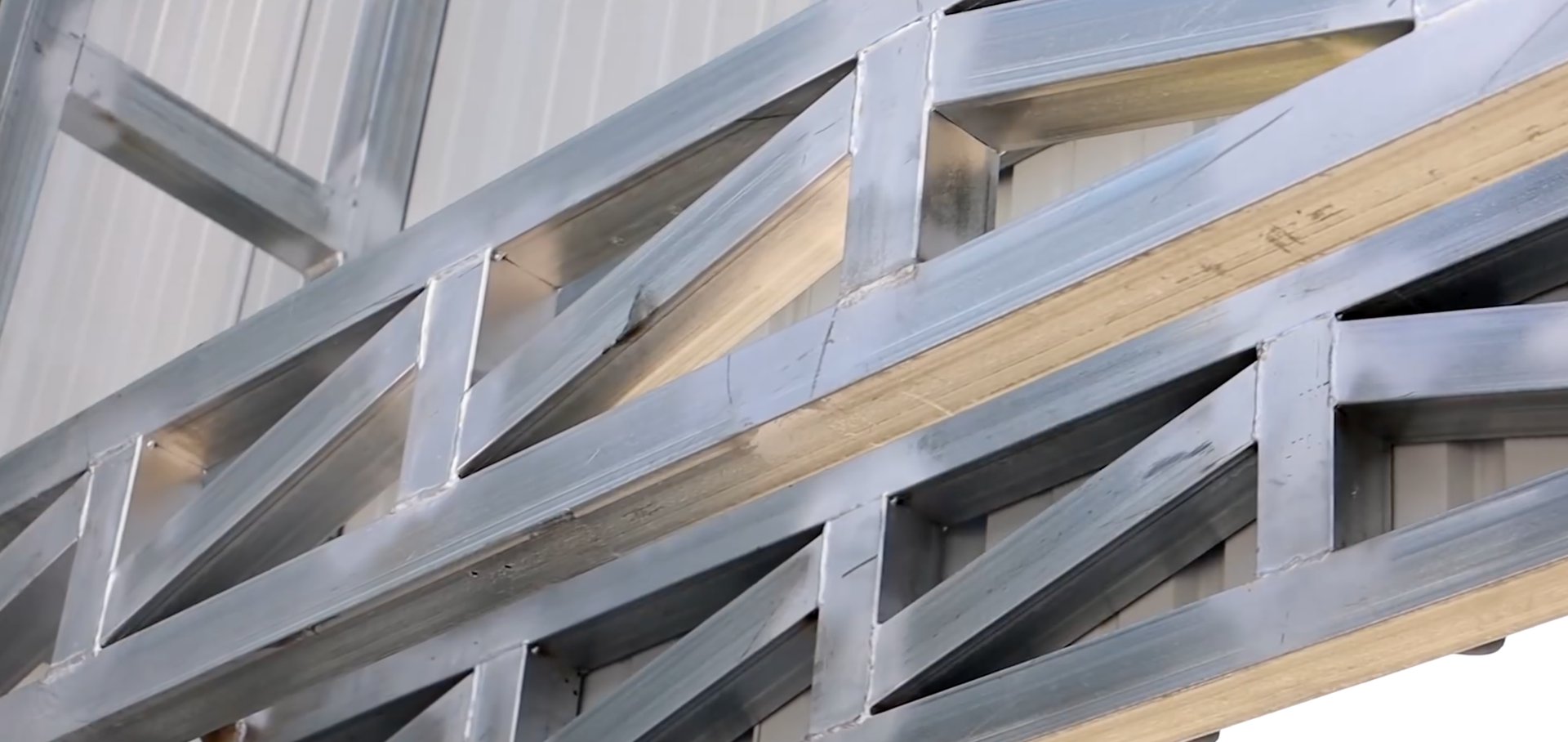
Up on the Rooftop
When it comes to selecting a roof, know your options.
8/7/20242 min read
Choosing the right roof for your steel building is crucial. Manufacturers offer different roof styles for you to consider, such as regular, boxed eaves, and vertical. But these options aren't just about looks - they have important practical implications too.
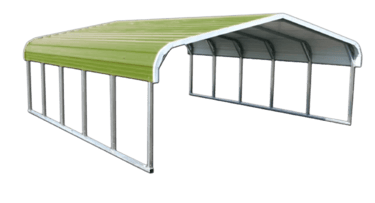

Regular Style Roof
This rounded-edge roof design is a popular choice for carports due to its seamless appearance. The horizontal layout of the roof panels across the trusses creates a sleek and uniform look. Carport trusses are crafted by bending the framing to achieve a distinctive rounded shape. This particular style is a cost-effective option compared to alternative roofing choices, as it requires fewer materials and is relatively easy to install.
Regular roofs may not be the best choice for areas prone to heavy rainfall, strong winds, or significant snowfall. It's essential to note that if the structure exceeds 31 feet in length, it may not be protected by the 20-year rust-through warranty offered by most manufacturers.
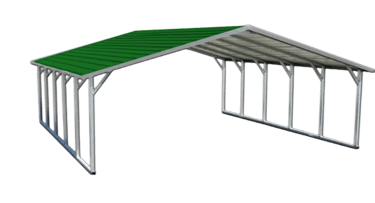

Boxed Eave Roof
Boxed Eave roofs feature a classic A-frame design with roof panels running horizontally. Many people appreciate this style as it closely resembles the roof line of traditional houses. Compared to vertical-style roofs, Boxed Eave roofs are more cost-effective. However, they do come with a higher price tag than standard roofs due to the additional materials required and the longer installation time needed for welding the transition.
While the box eave roof is visually appealing, it is generally recommended for buildings shorter than 36 feet. This type of roof is best suited for areas with moderate weather conditions, as it may not be ideal for extreme weather conditions.
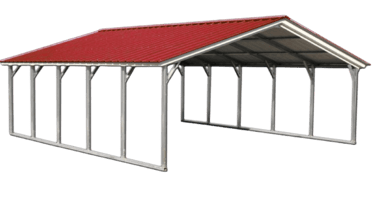

Vertical Style Roof
The vertical style roof, is the traditional A-frame design featuring panels that run vertically, allowing for easier drainage of rain and debris. This design is the most expensive of the styles due to the labor-intensive installation process. It also requires additional steel framing, including hat channels and ridge caps, making it a robust and durable option for roofing.
Although vertical roofs may come with a higher price tag, they are widely regarded as the most resilient option, especially for areas prone to heavy snowfall, strong winds, and other severe weather conditions.
If you have more questions, message Solid Rock Structures and we can help!
Dedicated to helping you achieve your steel structure dreams.
833.767.6257
© 2025. All rights reserved.
Contact


